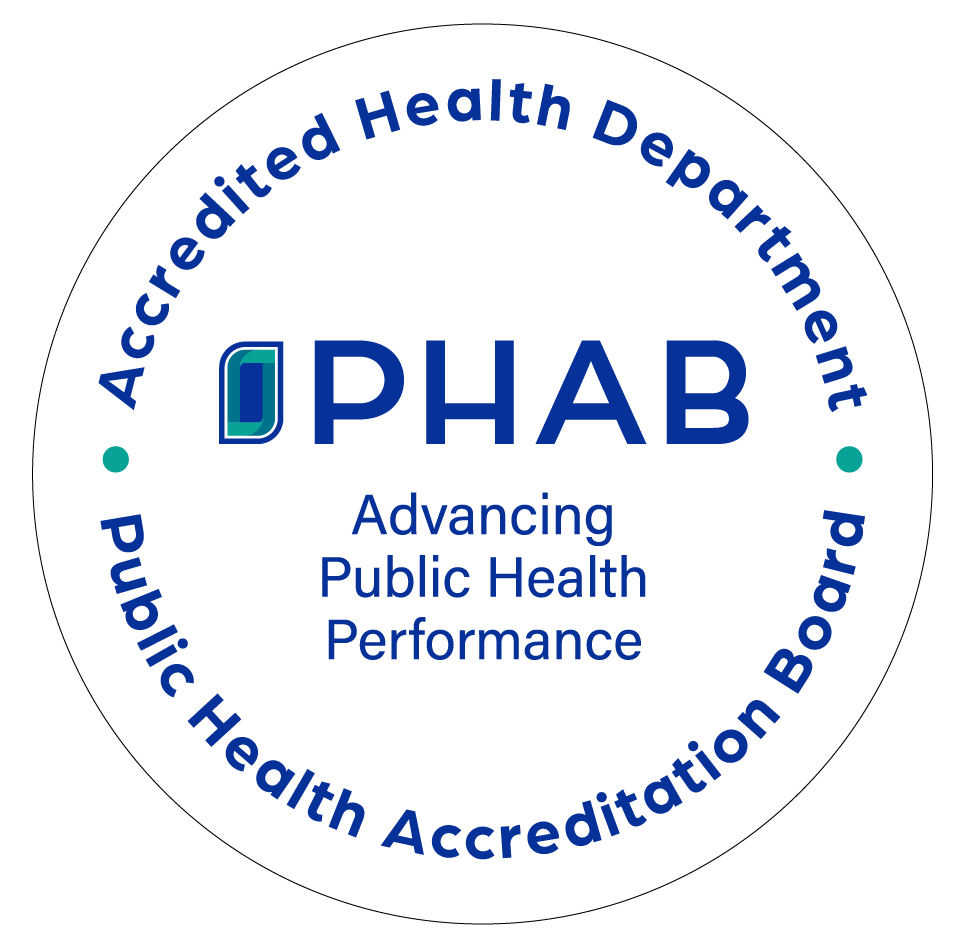Division of Emergency Preparedness | ||
| Angelo Soto Division Director 317-670-7157 asoto@health.in.gov | Kiley Huntington Deputy Director 317-910-5319 khuntington@health.in.gov | Patrick Brown Logistics Manager 317-719-8198 pbrown@health.in.gov |
| Derek Sebold Planning and Preparedness Manager 317-234-3492 dsebold@health.in.gov | Andrew WilsonMobile Response Manager 317-233-7055 awilson2@health.in.gov |
The Division of Emergency Preparedness (DEP) promotes the overall preparedness, readiness and resilience for public health and healthcare across the State of Indiana. During an emergency, the DEP serves as the lead Emergency Support Function 8 - Public Health and Medical Services (ESF-8) coordinator in the Indiana State Emergency Operations Center (SEOC).
- District and Local Readiness
District and Local Readiness
The District and Local Readiness section supports local public health and healthcare preparedness throughout Indiana. This is accomplished through Northern, Central and Southern Regional Managers. Each Regional Manager oversees the District Public Health Coordinator and District Healthcare Coordinator for each respective District.
This section primarily works with local health departments, hospitals, healthcare coalitions, and other public health and healthcare partners in each District. This preparedness work includes all five mission areas of the National Preparedness Goal: Prevention, Protection, Mitigation, Response and Recovery. Additionally, the District and Local Readiness section works closely with several other State Agencies, public health and healthcare associations and many other organizations that have local roles in public health and healthcare preparedness.
The District and Local Readiness section consists of the following areas:
Public Health Emergency Preparedness (PHEP)
The Public Health Emergency Preparedness (PHEP) cooperative agreement from the Centers for Disease Control and Prevention (CDC) is administered to the 94 local health departments throughout Indiana. The CDC PHEP program has developed 15 Public Health Emergency Preparedness and Response Capabilities that are used to assist state and local public health partners in identifying gaps in preparedness, determining the specific jurisdictional priorities, and developing plans for building and sustaining capabilities.
Emergency Volunteer Registry and MRC
 The State Emergency Registry of Volunteers for Indiana (SERV-IN) is a statewide, electronic registration system for public health, medical, and non-medical volunteers who desire to assist during an event or disaster. By registering with SERV-IN, volunteers’ identities and credentials are verified in advance of an emergency situation.
The State Emergency Registry of Volunteers for Indiana (SERV-IN) is a statewide, electronic registration system for public health, medical, and non-medical volunteers who desire to assist during an event or disaster. By registering with SERV-IN, volunteers’ identities and credentials are verified in advance of an emergency situation.Indiana has over 25 Medical Reserve Corps (MRC) units across the state, working closely with the Health and Human Services Medical Reserve Corps program in the administration of the MRC program in Indiana.
Cities Readiness Initiative (CRI)
The CDC Cities Readiness Initiative (CRI) program is administered to local health departments within the four Indiana Metropolitan Statistical Area (MSA) – Chicago, Cincinnati, Indianapolis and Louisville. This program focuses specifically on preparedness for medical countermeasure dispensing and administration in the MSAs. As part of the CRI program, the CDC's Operational Readiness Review (ORR) is conducted throughout each local CRI jurisdiction. The ORR is designed to measure public health preparedness for Medical Countermeasure (MCM) events.
Healthcare Preparedness Program (HPP)
The Hospital Preparedness Program (HPP) cooperative agreement from the Administration for Strategic Preparedness and Response (ASPR) is administered to the 10 District Healthcare Coalitions throughout Indiana. The ASPR HPP has developed 4 Healthcare Preparedness and Response Capabilities that are used to assist state and local healthcare partners in identifying gaps in preparedness, determining the specific jurisdictional priorities and developing plans for building and sustaining capabilities.
- Planning and Preparedness
Planning and Preparedness

The Planning and Preparedness section is responsible for emergency planning, medical countermeasures, training, and exercise.
The Planning and Preparedness section consists of the following areas:
Emergency Planning
Emergency planning consists of the development and maintenance of the division’s preparedness and response plans, as well as recovery and continuity planning. Other emergency planning activities consist of leading the development of public health and medical emergency plans for the state and working closely with the Indiana Department of Homeland Security and other public health and medical partner agencies. Other planning activities include supporting local public health and healthcare planning in conjunction with the District and Local Readiness section.
Infectious Disease Planning
To support the specific planning requirements for infectious disease-related preparedness and response planning, DEP collaborates with agency divisions to maintain general and disease-specific plans. Infectious disease planning includes broad planning based on disease modality and specialized plans, such as pandemic influenza and special pathogens.
Medical Countermeasures
In conjunction with the CDC and ASPR, the IDOH collaborates with the Indiana State Police, Indiana National Guard, Indiana Department of Transportation, Indiana Department of Homeland Security, and other agencies to support the distribution of pharmaceuticals, countermeasures, personal protective equipment, medical supplies, and other related items in response to disasters and statewide emergencies. Like local CRI jurisdictions, the IDOH is responsible for completing the statewide Operational Readiness Review (ORR) by the CDC. The MCM program area is responsible for the administration of the ASPR SNS CHEMPACK Program.
Training
Statewide public health and medical training are coordinated throughout the state, additionally providing support and guidance for the division, agency, and other local public health, healthcare coalitions, and healthcare partners. Through a collaboration with state and federal partners, training needs are continuously assessed, developing new or identifying existing courses, providing support with requesting training courses and coordinating the delivery of a variety of training opportunities.
Exercise
Exercise consists of developing and implementing preparedness exercises aimed at evaluating plans based on a scenario. Exercise additionally provides support and guidance for the agency, division, local public health, healthcare coalitions, and other healthcare partners. The IDOH follows the Federal Emergency Management Agency (FEMA) Homeland Security Exercise and Evaluation Program (HSEEP) standards and guidelines for all exercises. Exercise additionally conducts After-Action and Improvement Planning (AAR/IP) based on the outputs of exercise for future corrective action on any gaps found.
- Resources and Logistics
Resources and Logistics
The Resources and Logistics section oversees the Training and Logistics for the division. This section is responsible for the development of training and the maintenance and deployment of resources. This section maintains the readiness of the IDOH DEP resources, ready to respond during emergencies and disasters. The Training and Logistics section consists of the following areas:
Logistics
Logistics consists of maintaining operational status, maintenance, and inventory of the division's assets. In a disaster or statewide emergency, the IDOH possesses emergency resources such as communication assets, emergency response trailers, supplies, and other items. The emergency response trailers consist of the Advance Medical Supply Unit (AMSU), Mobile Command Unit (MCU), the Mobile Hospital, and the supply trailer. The IDOH has multiple sheltering systems ranging from rapid inflatable shelters to rigid structural shelters.
Communications
The IDOH maintains a variety of communications assets utilized in daily operations as well as during emergencies. Communications assets include amateur radio, UHF/VHF, high frequency, satellite communications, electronic platforms and mass notification systems.


